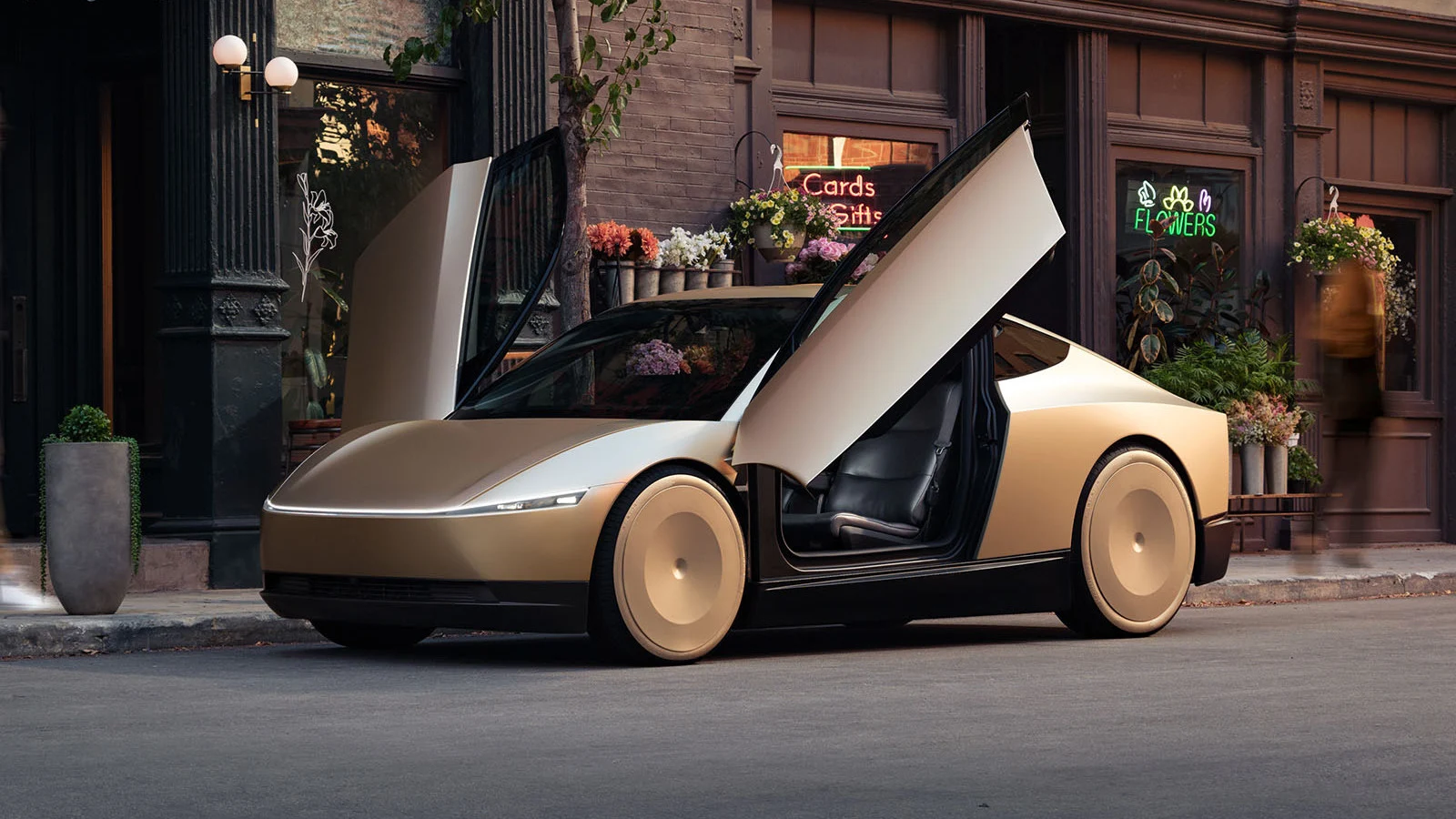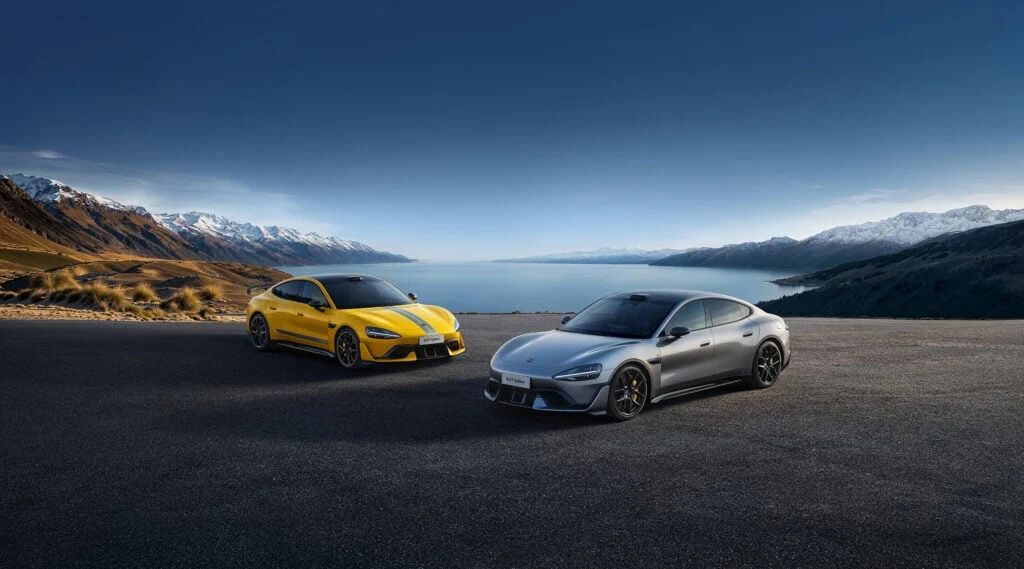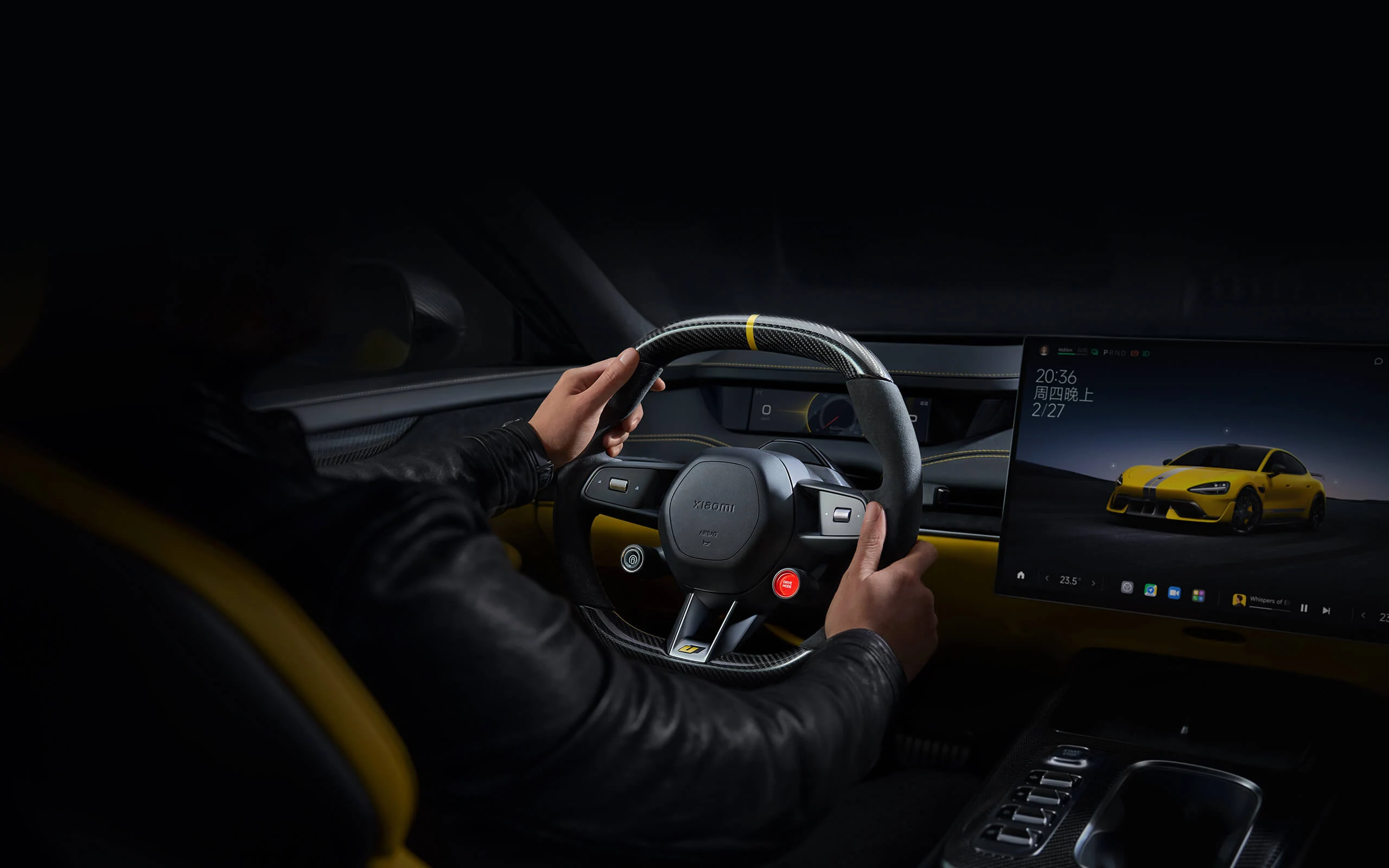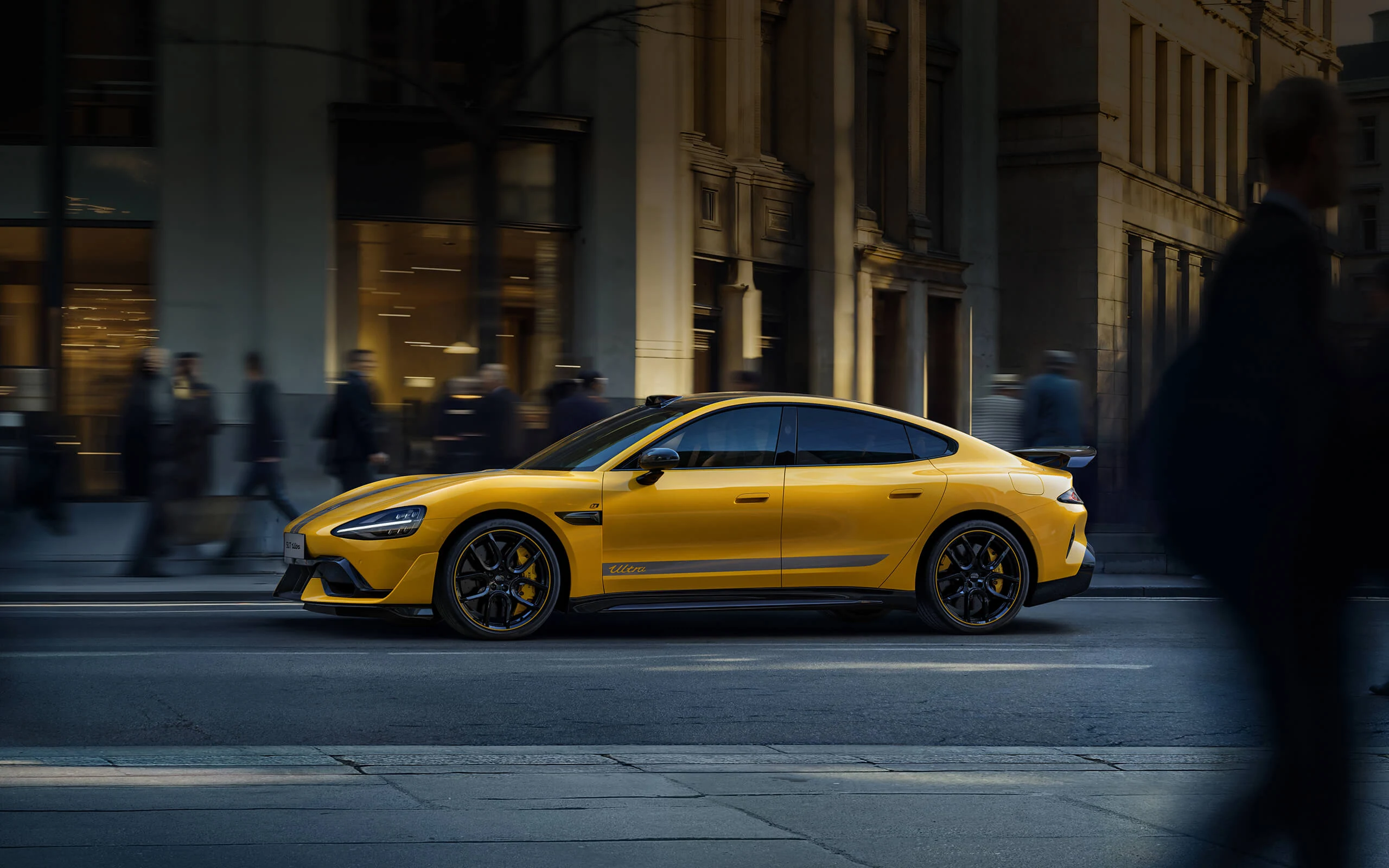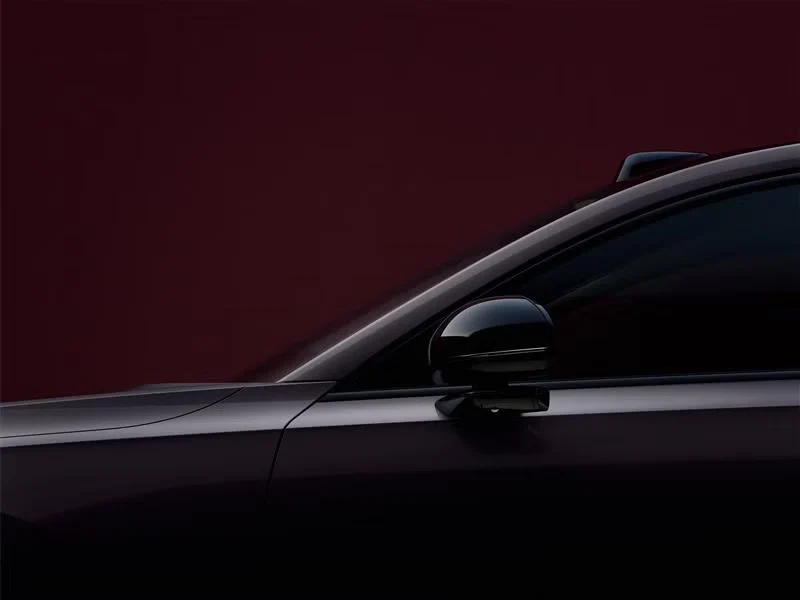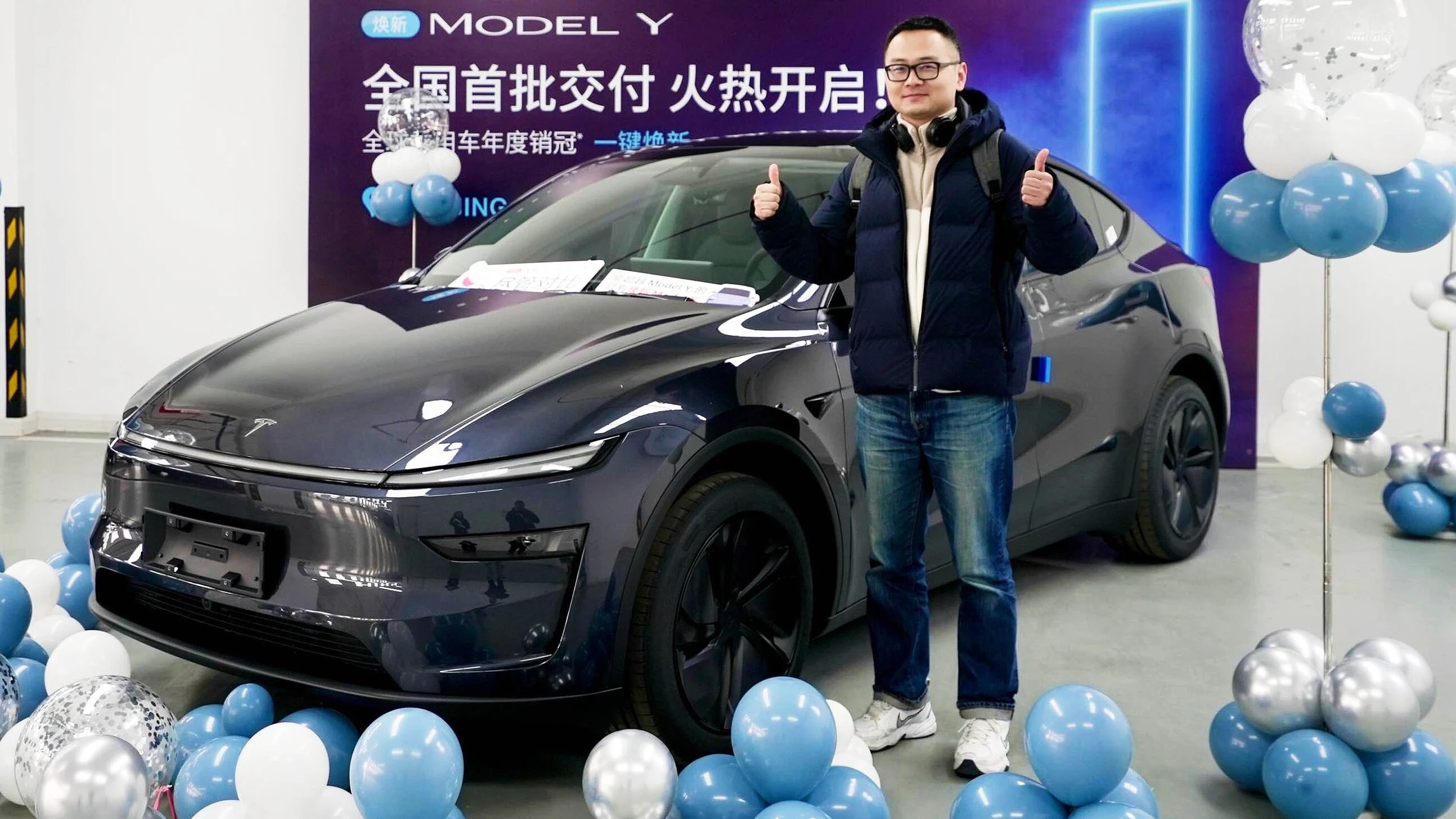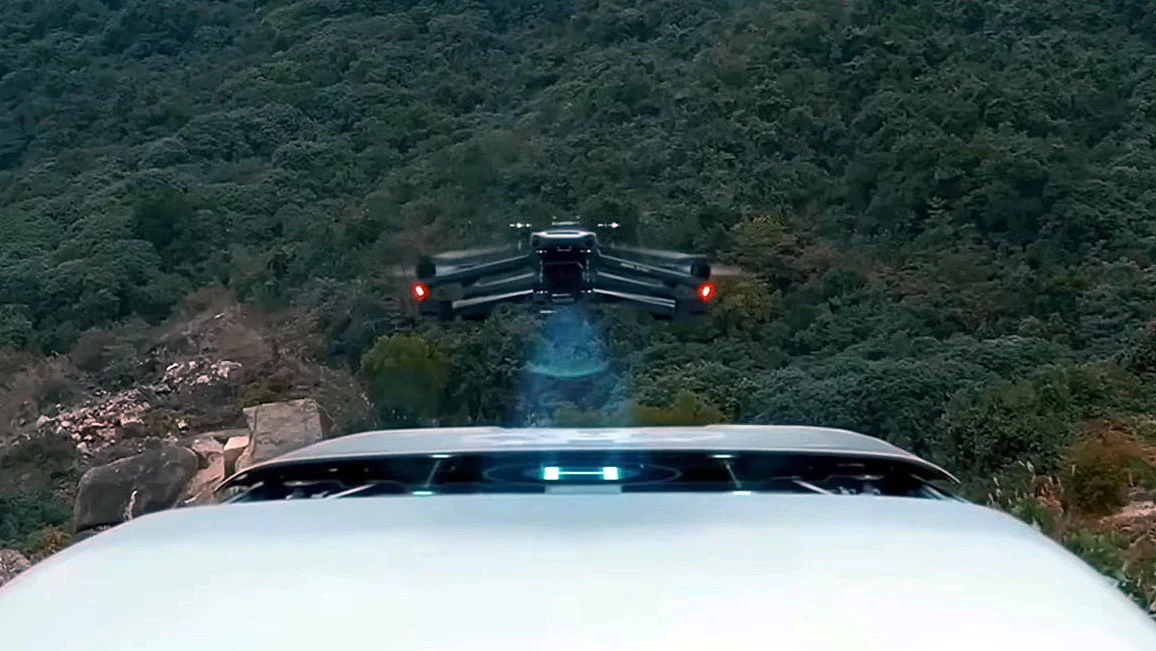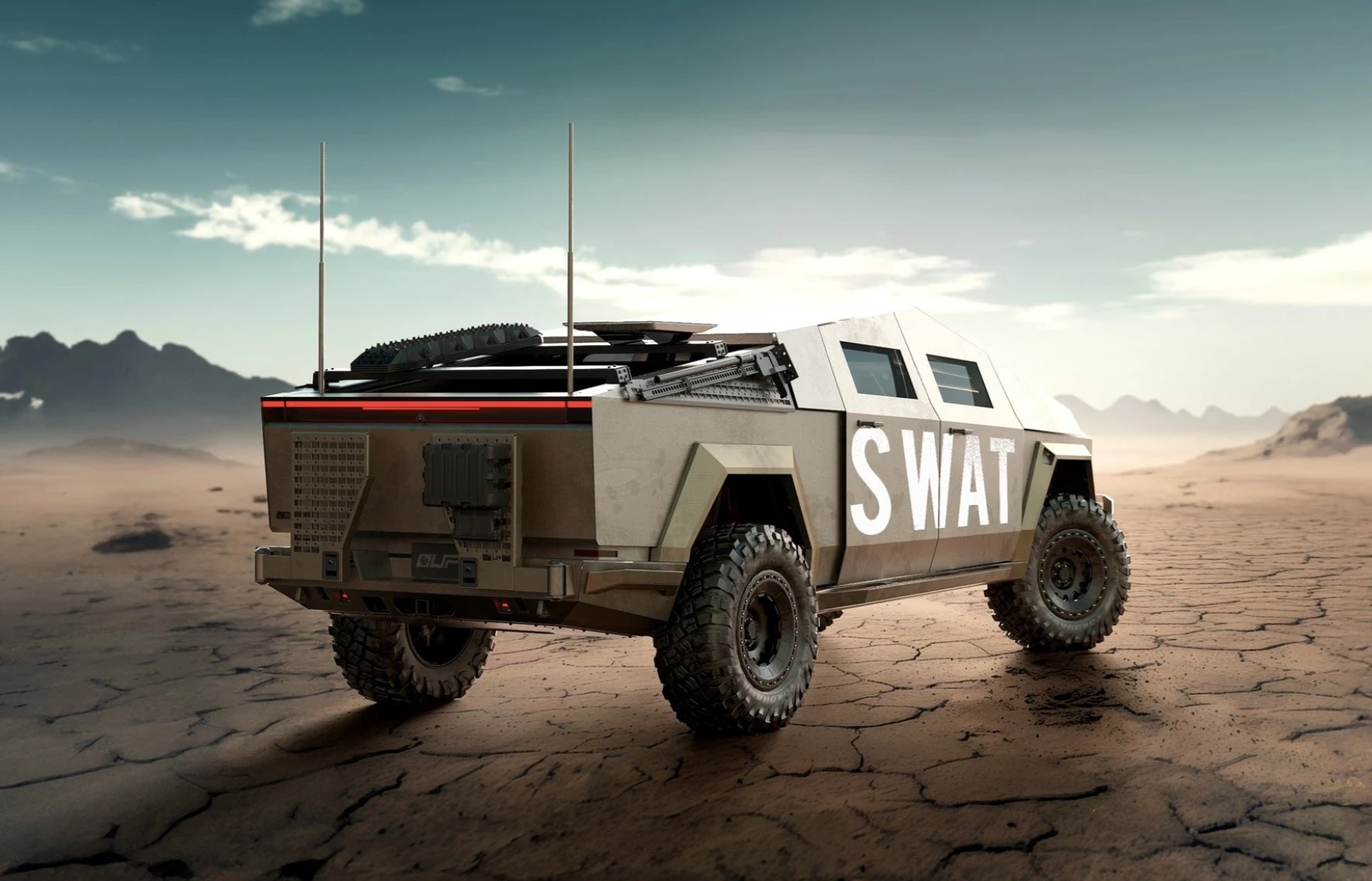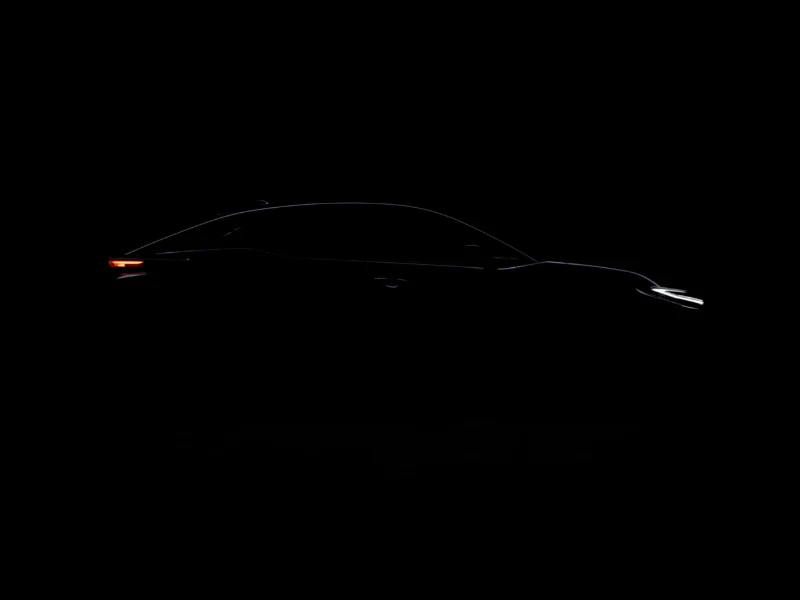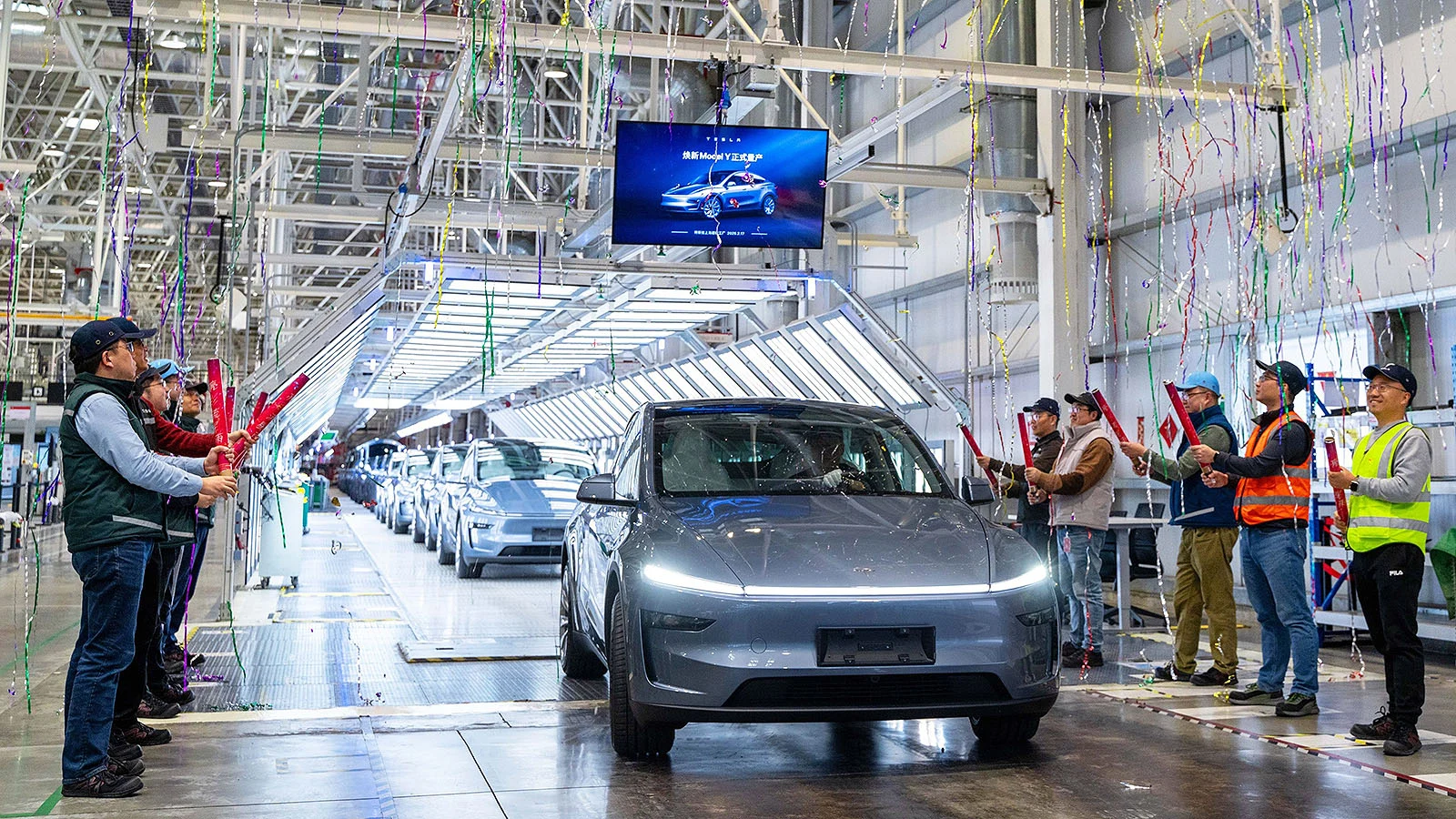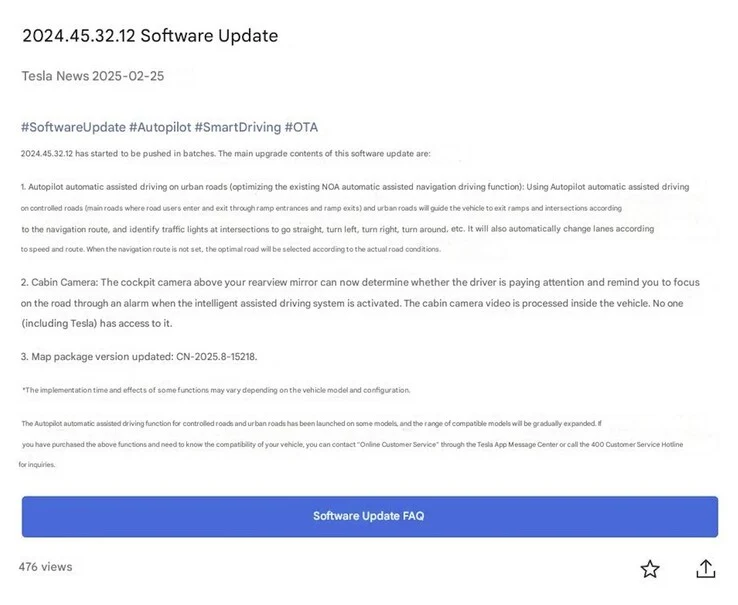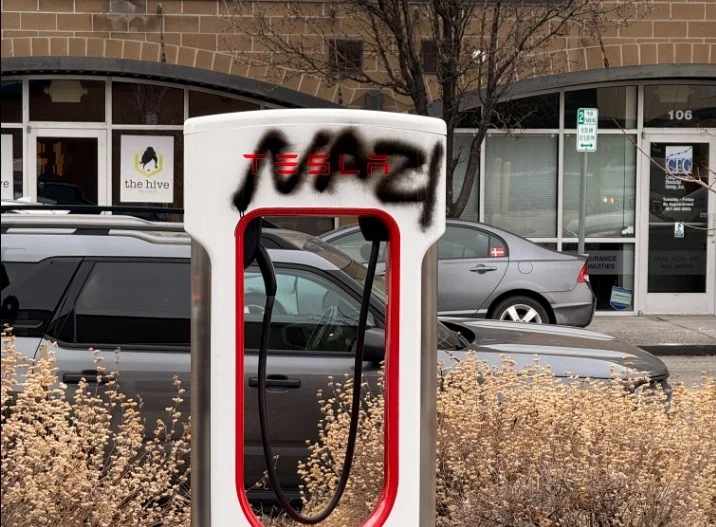Key Takeaways
1. Tesla has applied for a ride-hailing permit in California to enhance its robotaxi service.
2. The permit allows Tesla to compete directly with companies like Waymo and Uber.
3. Discussions with state officials indicate potential involvement of human drivers alongside autonomous vehicles.
4. Waymo currently offers a driverless ride-hailing service in multiple locations, while Tesla has not yet applied for a driverless vehicle permit.
5. Tesla plans to launch its Unsupervised Full Self-Driving service in Austin, Texas, with hopes of expanding to other US cities by the end of the year.
Tesla seems to be making strides with its robotaxi service as it applies for a ride-hailing permit in California. Reports from Bloomberg indicate that the company submitted a request for a “transportation charter-party carrier permit” to the California Public Utilities Commission in late 2024.
Competing with Major Players
This permit will enable Tesla to go head-to-head with companies like Waymo and Uber. Notably, Uber’s CEO mentioned that Tesla chose to develop its ride-hailing service independently rather than collaborating with Uber. Discussions between Tesla and state officials have included topics such as driver’s licenses and drug testing, hinting that there might still be human drivers in the mix. The type of permit Tesla is seeking indicates that the company will own the vehicles rather than relying on individual drivers.
Waymo’s Driverless Service
Waymo currently provides a driverless ride-hailing service in various areas, including Metro Phoenix, the San Francisco Bay Area, and Los Angeles. However, a spokesperson from Tesla informed Bloomberg that the company has neither applied for nor received a permit for testing or deploying driverless vehicles.
Future Plans for Tesla
Nevertheless, Tesla has announced plans to introduce its Unsupervised Full Self-Driving (FSD) in Austin, Texas, in June, featuring the Cybercab as a paid option. While Tesla hasn’t secured regulatory approval in any location, CEO Elon Musk has expressed intentions to roll out the autonomous ride-hailing service in multiple cities across the US before the year concludes.
Source:
Link

